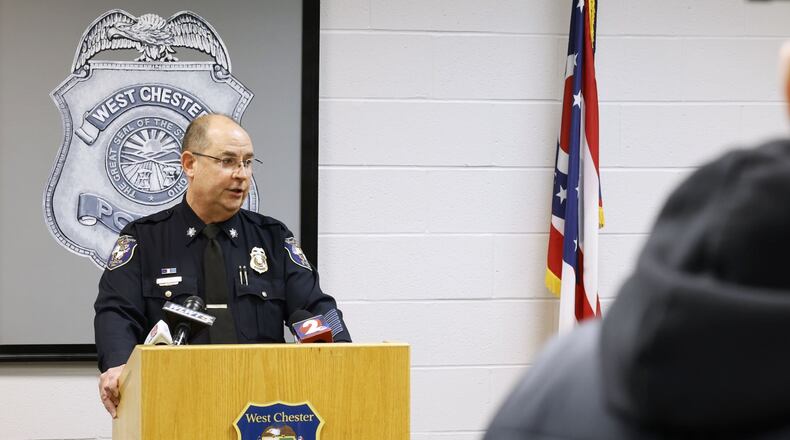“People don’t know what an Amber Alert is most of the time. And if they knew how serious it was, they wouldn’t turn them off,” Warren said.
Amber Alerts, the national system of alerting communities when children go missing, has very specific criteria for activation: there is a credible threat of serious harm or death to an abducted child, police have sufficient descriptive information to believe activating an alert will help, and — specific to Amber Alerts — the abduction was witnessed.
Time is of the essence in a missing child case. The 24 hour waiting period before a missing persons report is a myth, Warren said, adding “Minutes matter.”
“If someone has a missing child, they are in crisis, and you are the fixer,” Warren told cadets. “They are going to look to you for all the answers even though you don’t have them. If they overreact, don’t get offended and reassure them you will do everything in your power to get a good outcome.”
Classes on missing persons and human trafficking are combined at the Sinclair Police Academy. Human trafficking has historically been a problem in Ohio, and law enforcement officers of all levels have to deal with the consequences.
In the police academy, the most fundamental training to sniff out perpetrators is observation.
“When responding to a missing child, pay attention to the cars driving past you in the opposite direction, or activate your dash cam, because…the perpetrator may be driving past you away from the scene,” Warren said.
Human trafficking
In 2021, the most recent data available, the National Human Trafficking Hotline identified 291 cases of human trafficking in Ohio, with 424 victims. Ohio also ranked sixth in the nation in the number of substantive tips to the hotline, after California, Texas, Florida, New York, and Michigan.
Law enforcement in Ohio has also been cracking down on the demand for sex and labor trafficking. Last year, a former University of Dayton administrator and two members of the U.S. Air Force were among men arrested in Montgomery County as part of a statewide human trafficking sting.
Additionally, Mark Moore, of Dayton was indicted in March on charges of human trafficking and compelling prostitution. A female victim told Dayton police detectives that Moore would post photos of her on solicitation websites, arrange prices with potential clients, and drive her to the location for the purpose of exchanging sex for currency, according to an affidavit filed in Dayton Municipal Court.
The court entered a no guilty plea on Moore’s behalf after he stood mute in court, according to Montgomery County Common Pleas Court records.
But for police cadets, their first encounter with victims or perpetrators of human trafficking may be on the street, with individuals at a traffic stop with adults or minors inappropriately dressed for the weather or their ages.
Cadets learn the vast majority of traffickers know their victims well; many also know their victims’ families. Traffickers prey on vulnerable people, including foster kids, or those who may be homeless, dependent on substances, or having other needs the trafficker can exploit.
Traffickers build trust and a close relationship with their targets. Victims may not seek help because of language barriers, fear of law enforcement, or fear of retaliation from their traffickers.
About the Author

